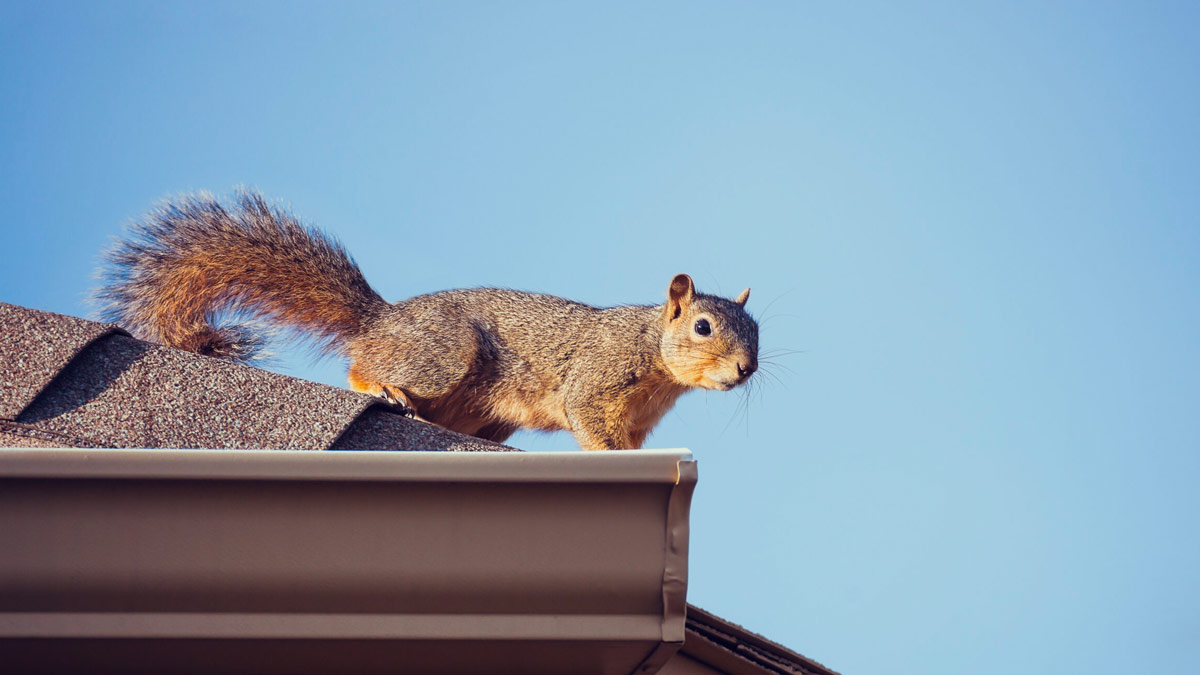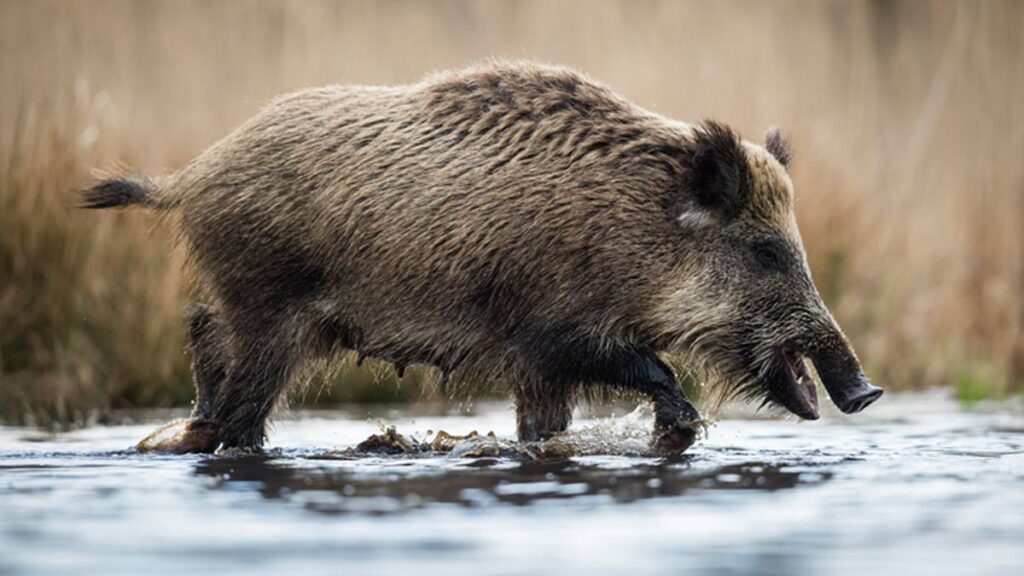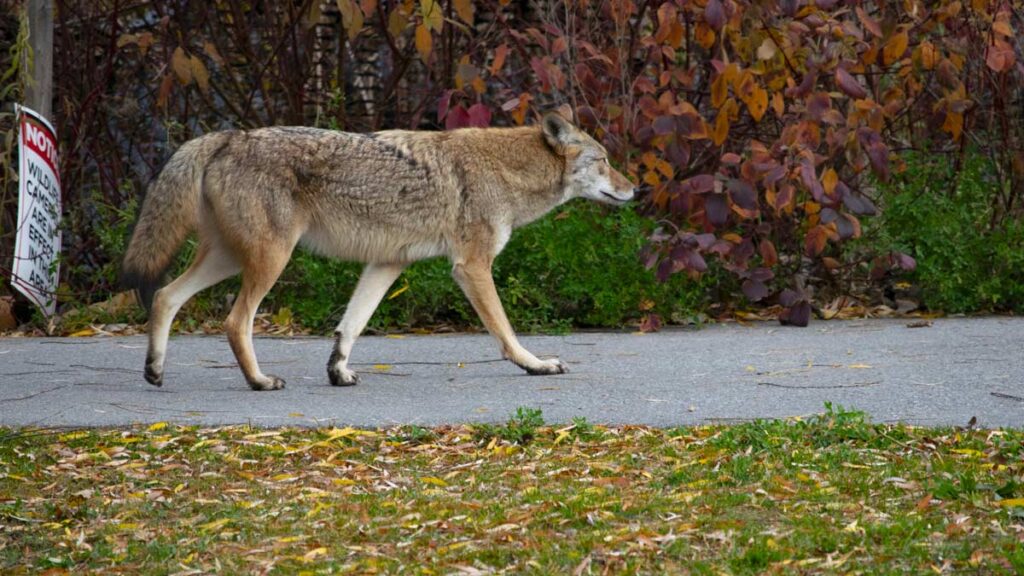
Trapping Wildlife in Florida
Humane and Effective Trapping and Relocation of Nuisance Wildlife
Updated on: January 2024

Florida’s landscapes and diverse wildlife bring residents and visitors closer to nature. This can be unique yet challenging as certain wildlife species become nuisances. From raccoons raiding garbage cans to possums invading gardens, these encounters can pose issues and even risks to both human property and the animals themselves. Balancing the need to protect property and preserve wildlife requires an approach that is both ethical and effective.
Numerous animal species thrive in Florida and nuisance wildlife must be addressed while upholding legal regulations and ethical considerations. By understanding how to humanely and efficiently trap and relocate nuisance wildlife in Florida, individuals can manage wildlife conflicts in a way that ensures the well-being of both humans and animals, while also contributing to the preservation of the state’s rich biodiversity.
Find What You Need
Understanding Nuisance Wildlife in Florida
Understanding what makes an animal a nuisance and the issues that can stem from interactions with such animals is important in mitigating problems before they arise.
Common Nuisance Wildlife in Florida
Several wildlife species are known to become nuisances in Florida due to their interactions with human habitats. Raccoons, squirrels, opossums, and armadillos are frequently encountered culprits. These animals, while fascinating in their natural habitats, can create disruptions when they forage for food, dig burrows, or seek shelter in residential areas.
Problems Arising from Wildlife Interactions
The presence of nuisance wildlife can lead to a range of issues. Raccoons, for instance, can damage roofs and attics while searching for shelter, and they might scatter garbage across yards. Armadillos are notorious for uprooting lawns and gardens in search of insects, causing aesthetic and property value concerns. Such interactions can escalate into health risks as well as animals like raccoons and opossums can carry diseases that may be transmitted to humans and pets, creating a need for timely and responsible management.
Legal Regulations and Permits
Trapping and relocating wildlife in Florida is subject to legal regulations governed by state and federal authorities. It’s important to understand and follow these regulations to avoid legal consequences. The Florida Fish and Wildlife Conservation Commission (FWC) oversees these matters and provides guidelines on permitted species, trapping methods, and relocation practices. Acquiring the necessary permits is necessary before engaging in any trapping and relocation efforts. This ensures that wildlife management is conducted ethically, maintaining safety between human interests and the well-being of the animals involved.
Take Away
In Florida’s wildlife landscape, mastering humane trapping and relocation is important for the health and safety of all. By identifying and understanding pests, proper trapping methods, safe release practices, and long-term prevention, nuisance wildlife can be handled effectively. Furthermore, balancing ethics, legal compliance, and education, ensures coexistence, safeguarding both our homes and the state’s biodiversity.
Identify and Handling Wildlife
Due to the range of animals found in Florida, it is important to be able to accurately identify and classify the behavior of the wildlife. Understanding common features and actions is essential in handling these situations properly.
Identifying Nuisance Animals
Accurate identification of the animal of interest is the first step towards effective and humane management. Observing the animal’s appearance, behaviors, and habits can help pinpoint the culprit. For instance, raccoons are recognized by their distinctive masked face and ringed tails, while armadillos have armored shells and are often seen digging in search of food. Wildlife to be observant for include but is not limited to: raccoons, squirrels, opossums, armadillos, skunks, feral hogs, foxes, coyotes, snakes (some species), birds (e.g., pigeons, starlings), nutria, feral cats, iguanas and more.
Behavioral Indicators
Understanding the behaviors and signs associated with nuisance animals aids in identification. Raccoons for instance are known for their nocturnal habits, so if you hear rummaging noises at night or find overturned trash cans in the morning, raccoons might be the cause. Armadillos, on the other hand, leave distinctive shallow holes in lawns as they search for insects. Squirrels may make nests in attics or chew on electrical wires, posing fire hazards. Opossums are scavengers that may be spotted rummaging through compost piles or pet food.
Calling in Professionals
If identifying the nuisance animal proves challenging, it’s advisable to seek assistance from professionals. Wildlife experts and local pest control services can accurately identify the species and provide guidance on the most suitable trapping and relocation methods. By accurately identifying the animal responsible for the nuisance, you can tailor your management approach effectively and minimize unnecessary stress on non-target species.
Trapping Nuisance Wildlife
Following humane trapping methods and considering the unique characteristics of each animal allows for individuals to effectively address nuisance wildlife issues while minimizing harm and promoting a balanced coexistence.
Humane Trapping Methods
Utilizing humane trapping methods is essential in minimizing stress and harm to nuisance wildlife. Live traps, such as the Havahart brand, are commonly employed. These traps allow animals to be captured without causing physical harm and can be an effective solution for a range of species. Another approach is the “exclusion” technique, where specific entry points are blocked off to prevent animals from accessing buildings.
Appropriate Trap Selection
Choosing the right trap is necessary as different animals have varying sizes and behaviors. For raccoons or opossums, larger traps are suitable, while smaller traps are more effective for squirrels or rats. Some traps are designed specifically for certain species, such as the Tomahawk Squirrel Trap. Be sure to consider the animal’s size, habits, and the intended trapping location when selecting a trap.
Effective Trap Setup and Baiting
Proper trap setup enhances the chances of success. Once you have identified the animal of interest, place traps in areas where the animal is likely to pass, such as near feeding areas or access points. Covering the trap with a cloth or leaves can reduce stress for the trapped animal. As for bait, options vary by species. Sweet foods like marshmallows may attract raccoons, while peanut butter can be enticing to squirrels. Ensure the bait is securely positioned within the trap to prevent animals from taking it without triggering the trap door.
Trapping Process and Considerations
Regularly checking traps is an essential aspect of ethical trapping, as it helps prevent undue stress and harm to trapped animals. Traps should be inspected at least once every 24 hours, preferably in the morning. This practice aligns with both legal requirements and ethical considerations, ensuring that animals are not left confined for extended periods.
Preventing Unintended Trapping
Steps should be taken to mitigate the risk of trapping unintended animals. To prevent non-target captures, consider the trap’s location and the type of bait used. Placing traps near entry points or pathways specific to the target species can minimize the chances of capturing unintended animals. Additionally, if the area is known to host endangered or protected species, consult local wildlife experts to determine appropriate trapping methods and locations that avoid harm to these animals.
Involvement of Wildlife Rehabilitators
The involvement of wildlife rehabilitators can be a great help when dealing with trapped animals, especially if an animal is injured or in distress. Rehabilitators are trained to assess the condition of trapped wildlife and provide necessary care. If an animal is found to be injured, stressed, or in poor health, it’s advisable to contact a licensed wildlife rehabilitator for assistance. This ensures that animals receive appropriate medical attention and rehabilitation before any potential release, aligning with the principles of ethical wildlife management.
Relocation Strategies
Selecting suitable relocation sites for trapped animals is very important to their successful reintegration into the wild. When choosing a location, it’s advised to opt for habitats similar to the animal’s original environment. Ensure the area provides ample food, water, and shelter resources. For instance, raccoons might fare well near water sources with abundant vegetation, while squirrels could thrive in wooded areas with nut-bearing trees.
The releaser should maintain an adequate distance during relocation to prevent animals from returning to their original location. A distance of at least 10 miles is generally recommended, as this minimizes the chances of the animal reappearing on your property. This distance ensures that the animal has a higher likelihood of establishing a new territory, reducing the potential for conflicts.
During the release process, the risk of disease transmission should be carefully considered as trapped animals may carry parasites or illnesses that can be transmitted to other wildlife or even humans. To mitigate this risk, handle trapped animals with gloves, avoid direct contact, and wash hands thoroughly afterward. If there’s any indication of disease, it’s advisable to consult a veterinarian or wildlife rehabilitator before releasing the animal, ensuring that it’s in optimal health and not likely to contribute to disease transmission.
Professional Assistance and Alternatives
For expert guidance, professional wildlife trappers and organizations can provide valuable assistance. These specialists possess the knowledge and experience to effectively address nuisance wildlife issues while adhering to ethical and legal standards. Companies like “Florida Wildlife Trappers” and “Critter Control” offer services that include identification, trapping, and humane relocation of nuisance animals, sparing individuals the intricacies and potential challenges of DIY management.
Alternatives to trapping should also be considered as an approach. Exclusion techniques, for instance, focus on preventing animals from accessing certain areas. Installing barriers like fences or screens can deter wildlife from entering spaces like attics or crawl spaces. Additionally, modifying your property to eliminate potential attractants, such as securing trash cans and sealing food sources, can minimize the likelihood of wildlife encounters.
Raising awareness within communities about humane wildlife management practices is also an impactful strategy. Educating neighbors about coexisting with wildlife, using responsible waste disposal methods, and avoiding feeding animals can contribute to a healthier balance between humans and nature. By fostering collective efforts, individuals can create a more harmonious environment that respects both human needs and the well-being of wildlife in Florida.
Handling and Release Process
The safety of both trappers and animals during the release process should be prioritized. When releasing a trapped animal, approach the trap calmly and avoid sudden movements or loud noises. Open the trap door gradually, allowing the animal to exit at its own pace. Maintain a safe distance during this process to minimize stress for the animal and reduce the risk of potential conflicts.
The trapping and relocation process should be documented for legal and ethical reasons. Keep detailed records of the date, time, location of capture, and specific details about the animal. If applicable, note any medical assessments or treatments provided. Photographs can provide visual documentation of the animal’s condition and the release site. These records can be valuable in case of legal inquiries or as a reference for future wildlife management efforts. By maintaining accurate records, trappers contribute to transparent and responsible wildlife management practices in Florida.
Long-Term Solutions and Prevention
Modifying properties to make them less appealing to nuisance wildlife is a proactive approach that can be highly effective. Begin by sealing off potential entry points. Repair any gaps, holes, or cracks in the building’s structure, including vents and chimneys. Strengthening weak points can prevent animals from gaining access to attics and crawl spaces.
Additionally, secure garbage cans and eliminate food sources. Invest in durable, animal-proof containers like the “BearGuard Trash Can Lock” to prevent raccoons and other animals from rummaging through trash. Bird feeders can attract unwanted visitors, so consider using squirrel-resistant feeders or placing them away from buildings.
Emphasizing ongoing prevention efforts can be significant in avoiding recurring wildlife conflicts. Regularly inspect your property for signs of wear and tear that could create entry points. Maintain landscaping by trimming trees away from buildings and removing debris that might offer shelter. Educate neighbors and the community about responsible waste management and the importance of not feeding wildlife. Coexistence can be achieved by engaging in responsible practices.


